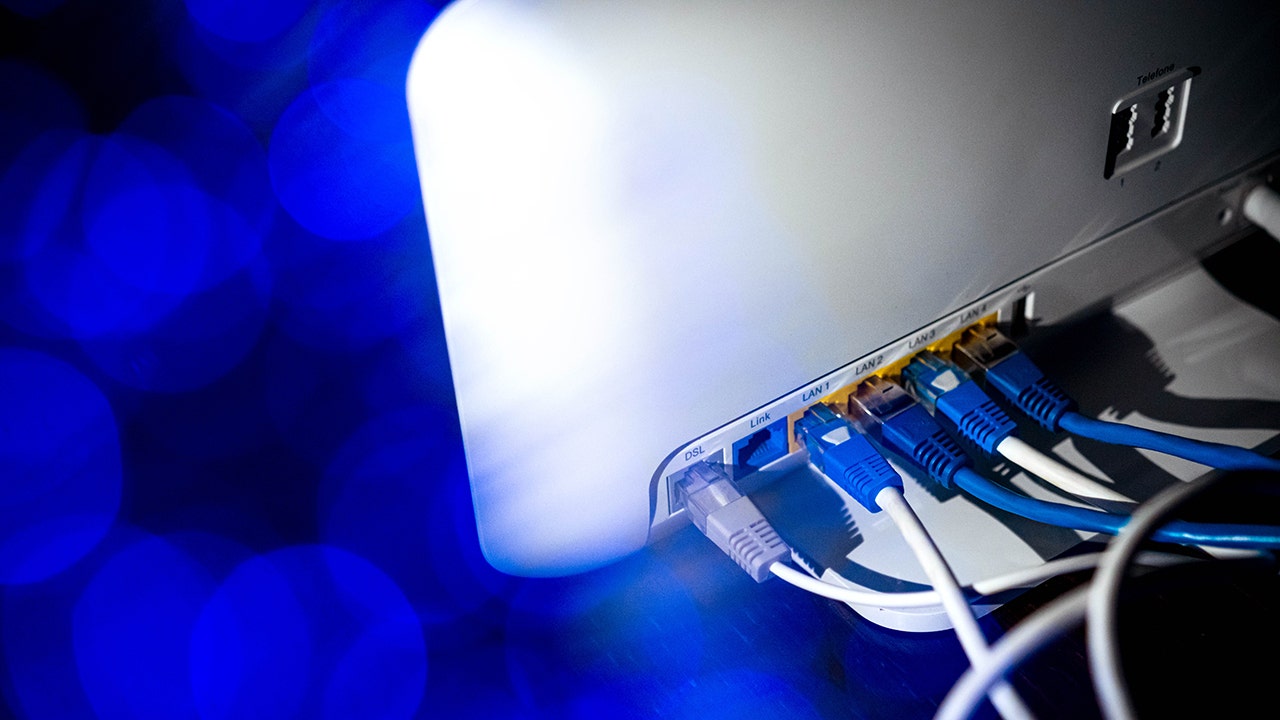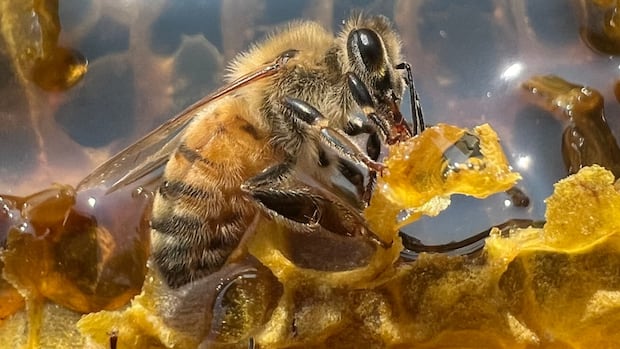Real or fake? AI, editing tools make severe storm photos more difficult to verify

Severe storms can be both thrilling and terrifying, prompting many people to grab their phones and cameras to capture the dramatic events unfolding around them. In Canada, organizations like Environment and Climate Change Canada (ECCC) rely in part on the public to track severe weather activity.
However, in recent years, there has been a concerning trend of fabricated weather stories circulating online. Some individuals have been using photo editing software to alter images, creating fake photos and videos using artificial intelligence, and even misrepresenting the date and time a photo was taken.
Meteorologist Crawford Luke from ECCC emphasized the importance of accurate reporting during severe weather events. He highlighted how the organization depends on reports and images from the public to gather information about thunderstorms and heavy snow storms. Misinformation can lead to false alarms and impact the credibility of weather warnings.
One example Luke shared was of a tornado image submitted in Ontario, which turned out to be a real photo of a tornado but from a different location. The organization traced the image back to a newspaper in Texas before confirming its authenticity.
Storm chaser Jenny Hagan, who documents severe weather events in Saskatchewan, expressed concern about the rise of false weather reports. She noted that fabricated content diminishes the value of genuine storm chasers’ efforts and can lead to confusion among the public.
Hagan mentioned that even reputable storm chasers sometimes edit their photos for clarity, such as removing obstructions or adjusting brightness. However, any alterations to severe weather images can create misunderstandings.
As the prevalence of fake severe weather images grows, it becomes challenging to discern real from manipulated content. Hagan suggested looking for inconsistencies like bold colors or unrealistic cloud formations to help determine the authenticity of an image.
With the erosion of public trust in weather reports, technology columnist Manjula Selvarajah emphasized the importance of verified information, especially during extreme events like wildfires. She warned that even metadata like time and location can be easily manipulated, making it harder to differentiate between real and fake images.
As advancements in image manipulation technology continue, the ability to distinguish credible information will become increasingly difficult. Selvarajah lamented the loss of a powerful tool for storytelling and information transmission as the line between reality and fiction blurs in the digital age. The world is facing a new challenge as the COVID-19 pandemic continues to spread across the globe. With cases rising in many countries and new variants emerging, it is more important than ever to take action to stop the spread of the virus.
One way to combat the spread of COVID-19 is through vaccination. Vaccines have been shown to be effective in preventing severe illness and death from the virus. However, there are still many people who are hesitant to get vaccinated.
Some people are hesitant due to misinformation and myths surrounding the vaccines. It is important to educate the public on the safety and efficacy of the vaccines in order to combat these myths and encourage more people to get vaccinated.
Another reason for vaccine hesitancy is a lack of access to vaccines. In many parts of the world, vaccines are not readily available or accessible to everyone. Governments and organizations need to work together to ensure that vaccines are distributed equitably and efficiently to all populations.
In addition to vaccination, it is important to continue practicing safety measures such as wearing masks, practicing social distancing, and washing hands regularly. These measures have been shown to be effective in preventing the spread of the virus and should continue to be followed even as more people get vaccinated.
As we continue to navigate through this global pandemic, it is important for everyone to do their part in stopping the spread of COVID-19. By getting vaccinated, practicing safety measures, and staying informed, we can work together to overcome this challenge and protect ourselves and our communities.




